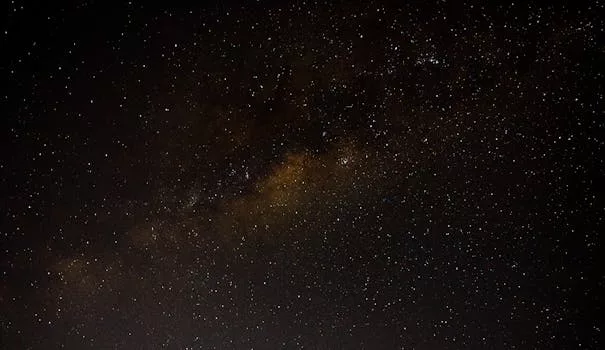
“
Beyond the Milky Way: Imagining New Worlds and Possibilities
Introduction to the Cosmos
Beyond the Milky Way: Imagining New Worlds and Possibilities is an intriguing topic that has fascinated humans for centuries. The Milky Way, our home galaxy, is just one of billions of galaxies in the observable universe. As we continue to explore and understand the vast expanse of the cosmos, we are compelled to imagine the possibilities of new worlds beyond our own. In this article, we will delve into the realms of space exploration, astronomy, and cosmology to explore the potential for life beyond the Milky Way.
Understanding the Universe
The universe is estimated to be around 13.8 billion years old, with the first galaxies forming just a few hundred million years after the Big Bang. The Milky Way, a barred spiral galaxy, is thought to have formed around 13.6 billion years ago. Our galaxy is just one of many, with estimates suggesting that there are over 100 billion galaxies in the observable universe. Each galaxy contains billions of stars, with many of these stars having their own planetary systems. The potential for life-supporting planets is vast, with scientists estimating that there could be billions of Earth-like planets in the Milky Way alone. For more insights on this, check out The Infinite Universe of Imagination.
Exploring New Worlds
As we continue to explore the cosmos, we are discovering new worlds and celestial bodies that challenge our understanding of the universe. Exoplanets, planets that orbit stars other than the Sun, have been discovered in vast numbers. Some of these exoplanets are believed to be located in the habitable zones of their respective stars, meaning they could potentially support life. The discovery of exoplanets has opened up new avenues for research, including the search for biosignatures, signs of life such as oxygen or methane in the atmospheres of these planets. This ongoing exploration is reminiscent of the themes discussed in Beyond Stars: Where Imagination Takes Flight.
Takeaways
- The universe is vast and contains billions of galaxies, each with billions of stars and potential planetary systems.
- The Milky Way is just one of many galaxies, with estimates suggesting that there are over 100 billion galaxies in the observable universe.
- The potential for life-supporting planets is vast, with scientists estimating that there could be billions of Earth-like planets in the Milky Way alone.
- Exoplanets have been discovered in vast numbers, with some believed to be located in the habitable zones of their respective stars.
- The search for biosignatures is an active area of research, with scientists searching for signs of life such as oxygen or methane in the atmospheres of exoplanets.





